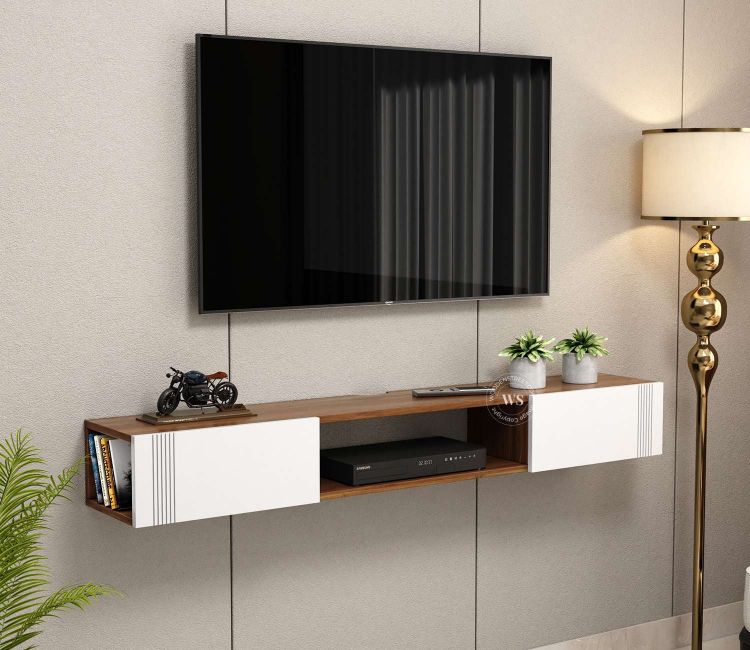In the realm of interior design, the television unit has undergone a significant transformation, reflecting changes in technology, aesthetics, and consumer preferences. What was once a simple piece of furniture designed to house bulky television sets has evolved into a stylish and multifunctional focal point in living rooms. This article explores the evolution of TV units, tracing their journey from traditional designs to contemporary styles.
The Traditional Era
In the early days of television, the units designed to accommodate them were often bulky and made of solid wood. These traditional TV units were built to house the large, boxy television sets of the time, which required substantial support. Furniture makers often created ornate wooden cabinets featuring intricate carvings, polished finishes, and built-in storage for media components, such as VCRs and DVDs.
These units often featured enclosed spaces to hide the technology and create a more cohesive look in the living room. Traditional TV units were designed to blend seamlessly with the rest of the furniture, typically reflecting the styles of the era, such as Victorian or Colonial designs. This emphasis on craftsmanship and elegance was indicative of the time, where furniture was a symbol of status and taste.
The Rise of Modernity
As technology advanced, so did the design of TV unit. The introduction of flat-screen TVs in the late 20th century prompted a significant shift in furniture design. The new slim profile of televisions allowed for more versatile and minimalist designs. Modern TV units emerged with clean lines, open shelving, and a focus on functionality.
Manufacturers began using materials such as metal and glass in addition to wood, allowing for lighter, more contemporary designs. The emphasis shifted from hiding technology to showcasing it, leading to open shelving and designs that highlighted the aesthetics of modern TVs and gaming consoles. The modern TV unit became a statement piece, often featuring sleek finishes and integrated storage solutions to keep cables and accessories organized.
Contemporary Designs and Functionality
Today, TV units continue to evolve, reflecting trends in contemporary design and consumer lifestyles. The focus is on multifunctionality, with units designed not only to support televisions but also to serve as storage for books, decor, and multimedia devices. Many modern TV units incorporate features such as built-in speakers, LED lighting, and adjustable shelving to cater to the changing needs of consumers.
One popular trend is the rise of modular TV units, which allow homeowners to customize their furniture according to their space and preferences. These units can be easily reconfigured or expanded as needed, making them ideal for smaller living spaces or changing interior designs.
Moreover, the move toward minimalism has led to an increase in floating TV units, which provide a sleek, unobtrusive look while freeing up floor space. These wall-mounted designs create a sense of openness in a room, further emphasizing the modern aesthetic.
Sustainable and Smart Designs
As sustainability becomes a priority for many consumers, eco-friendly materials and manufacturing processes are gaining traction in TV unit design. Furniture makers are now incorporating reclaimed wood and sustainable materials, creating units that are not only stylish but also environmentally responsible.
Additionally, with the rise of smart home technology, many modern TV units are designed to accommodate integrated technology. Features like cable management systems, remote-controlled lighting, and hidden compartments for devices enhance both the functionality and aesthetics of contemporary designs.
Conclusion
The evolution of TV units from traditional to modern styles reflects broader changes in technology, design preferences, and lifestyle needs. As TVs become more central to our entertainment experiences, the furniture that supports them has adapted to provide functionality, style, and sustainability. Whether you prefer the elegance of traditional designs or the sleekness of modern aesthetics, there is a TV unit to fit every taste and home decor style. As we continue to embrace technological advancements and changing aesthetics, the future of TV units promises even more innovative and exciting designs.





Comments